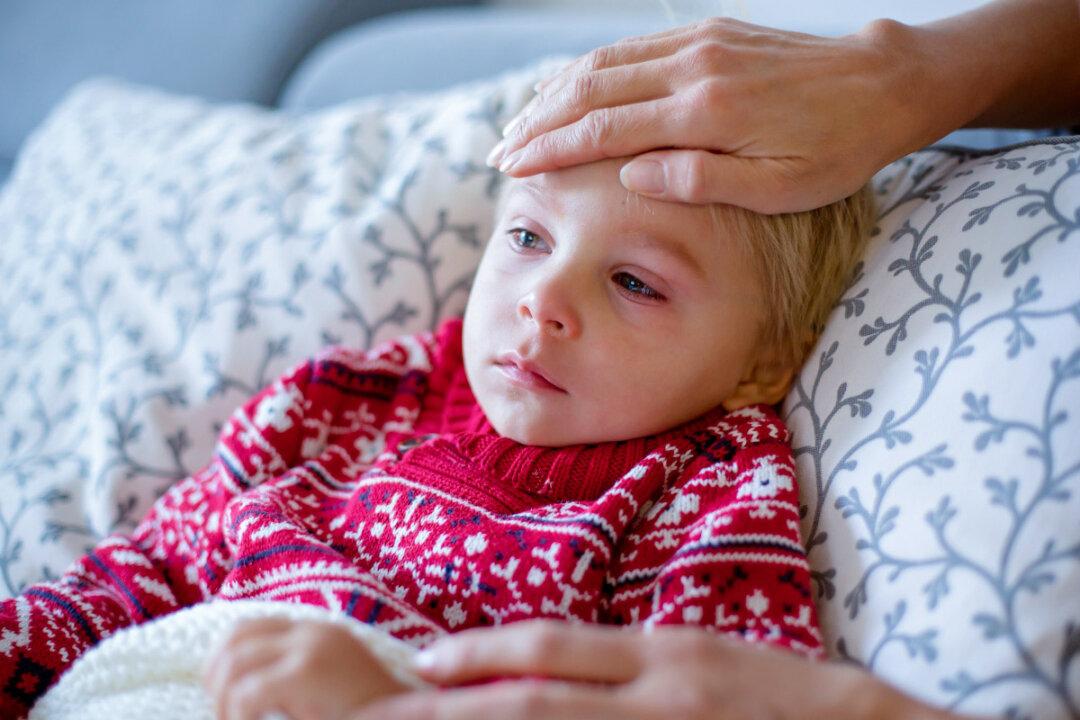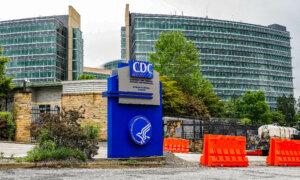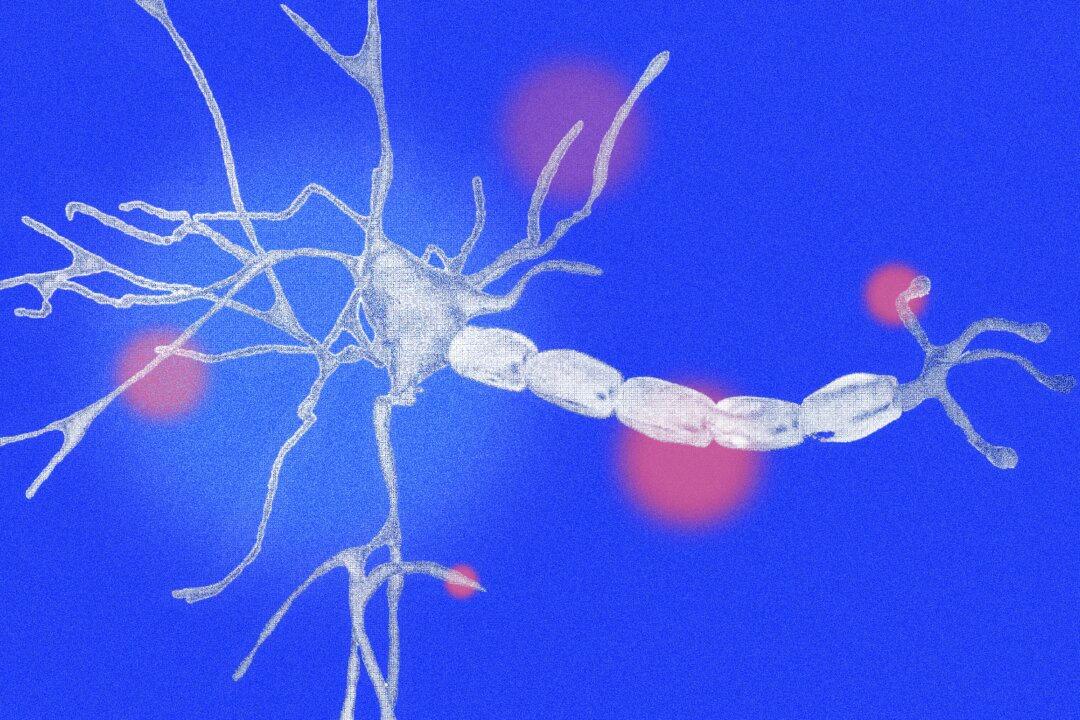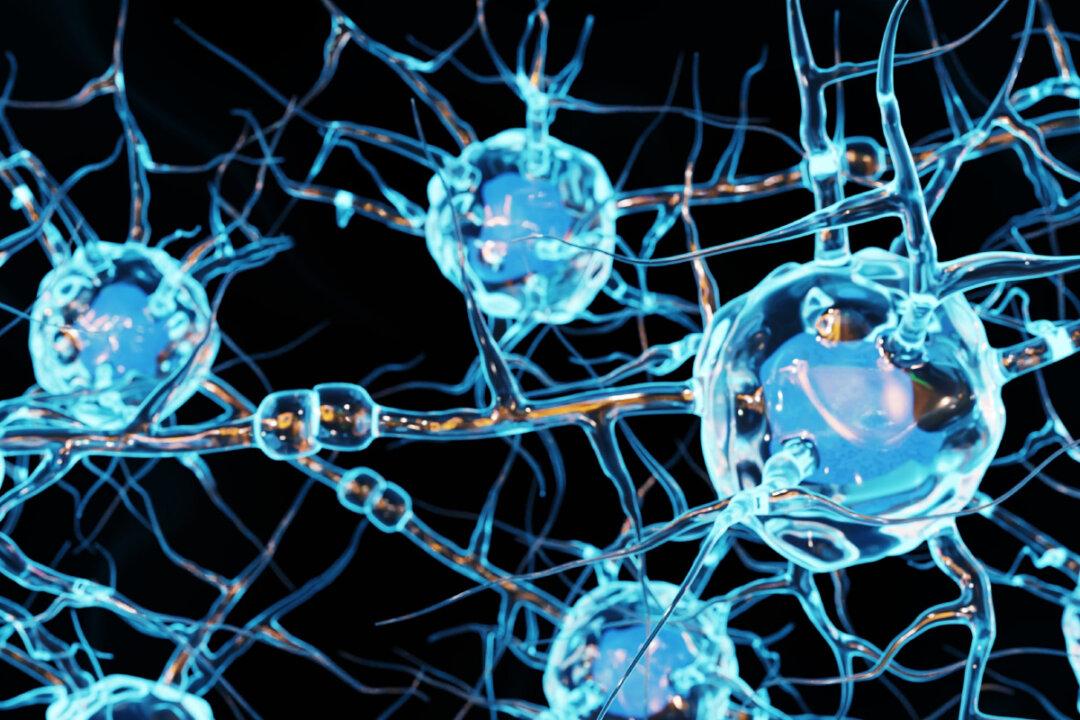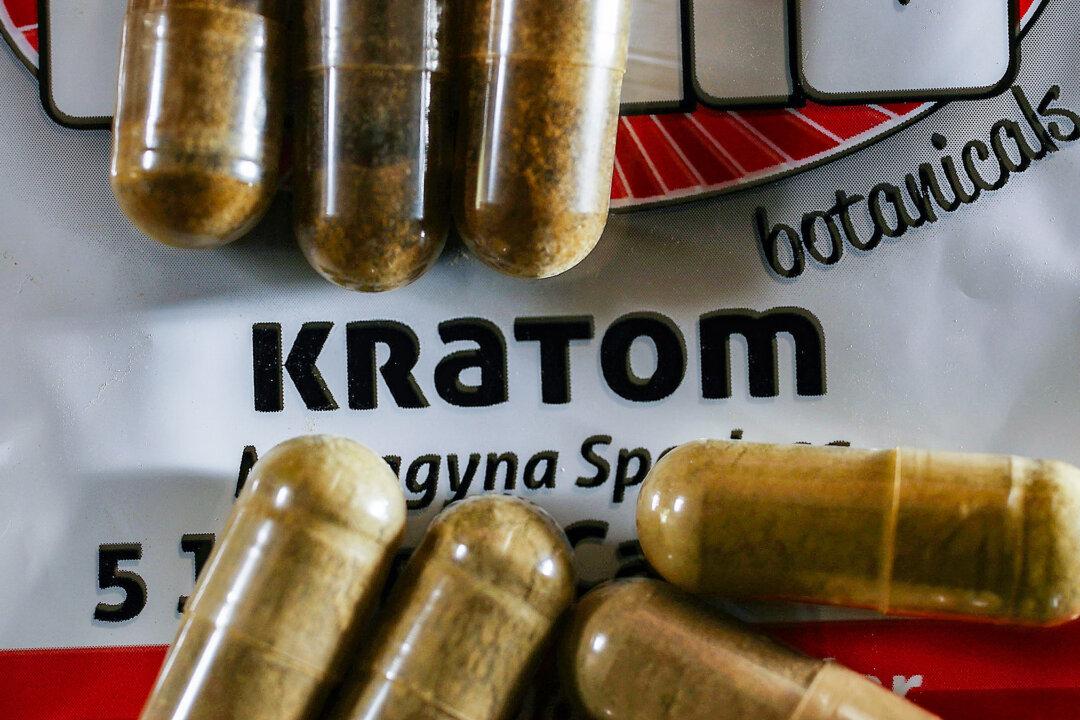There is no definitive test to diagnose long COVID or post-acute sequelae of SARS-CoV-2 infection and doctors rely on reported patient symptoms to rule out other conditions, but researchers are making progress.
A new study has taken a significant step by identifying key symptoms of long COVID in children and adolescents and developing a tool that could help in diagnosis.
Most research on long COVID focuses on adults, leaving gaps in understanding the condition in children, which can lead to oversights or misdiagnoses, Dr. Rachel Gross, associate professor of pediatrics and population health at New York University (NYU)’s Grossman School of Medicine and corresponding author, told The Epoch Times.
“Children can develop long COVID and their symptoms may be different from those in adults—as well as among child age groups,” she noted.
Some of the symptoms the researchers identified in children include back or neck pains, fear of crowded places, feeling tired after walking, along with some common long COVID symptoms.
“Even some symptoms that we commonly see in pediatrics that may be related to other health problems, like headache or stomach pain, could be part of long COVID in children—as shown in this study,” Dr. Gross said.
Tool to Detect Long COVID in Children
To date, over 200 symptoms affecting multiple organ systems have been associated with long COVID. To identify symptoms linked to a history of SARS-CoV-2 infection, the researchers surveyed caregivers of 5,367 children, both with and without an infection history.They identified 14 overlapping prolonged symptoms that were more common among both school-age children (6 to 11 years) and adolescents (12 to 17 years) with a previous COVID-19 history.
Several were statistically significant in their relationship to long COVID. Based on these symptoms, the authors formed a long COVID index to help identify children with long COVID.
In the index for school-age children, some had symptoms of headache, trouble with memory/focusing, trouble with sleeping, and stomach pain.
- Daytime tiredness/sleepiness or low energy
- Body/muscle/joint pain
- Headaches
- Trouble with memory/focusing
“Any one symptom, including those not in the index–may be sufficient to indicate the presence of long COVID in any given child,” she said.
Other symptoms include feeling lightheaded or dizzy, gastrointestinal symptoms, as well as psychiatric symptoms like feeling depressed, anxious, and having a fear of crowds or enclosed spaces.
There was significant symptom overlap between the two groups of children, but stomach pain, nausea, and vomiting were more commonly reported among younger children while change or loss of smell or taste and tiredness were more common among adolescents.
The research indicates families and clinicians should consider long COVID as a potential cause for the symptoms they observe in children, Gross added.
Long COVID has often been labeled as a psychological disorder, with symptoms like fatigue and cognitive issues brushed off as imagined by those who have had COVID.
“I think the study is very helpful with regard to understanding post-viral complications,” Richard Gallagher, a pediatric psychologist and neuropsychologist at NYU and a co-author of the study, said in an interview with The Epoch Times.
“Some children are being affected by this invasion of their system, and it does have an effect upon many organs, including the central nervous system,” he added.
Long COVID: Not One-Size-Fits-All
Certain long COVID symptoms tend to occur together in distinct patterns, the researchers found, identifying four clusters of symptoms in school-age children and three in adolescents.Symptom clusters that typically affect school-age children are gastrointestinal symptoms like stomach pain and vomiting, and neurocognitive symptoms like impaired sleep. Adolescents tend to develop symptoms related to loss or alteration of smell and taste, similar to what is observed in adults.
Both age groups shared two key similarities: one cluster had numerous symptoms affecting multiple organ systems and another dominated by fatigue and pain.
These patterns indicate that there may be several types of long COVID that children experience, Gross said. “This shows us that a one-size-fits-all approach would likely not be effective in diagnosing children with long COVID,” she added.
The researchers suggest caregivers and parents discuss their child’s symptoms with their doctor if they suspect long COVID. “If symptoms continue for weeks or months and can’t be explained by other conditions, it might be long COVID,” Dr. Raj Dasgupta, medical reviewer for the National Council on Aging, told The Epoch Times.
“Parents should be mindful of any new or worsening symptoms in the weeks to months following infection. Parents should assess challenges or difficulties in school or afterschool activities and consider further assessment if these concerns persist,” Case said.
Gross also said that doctors can provide symptom relief and support families over time, keeping them informed about future treatments.

